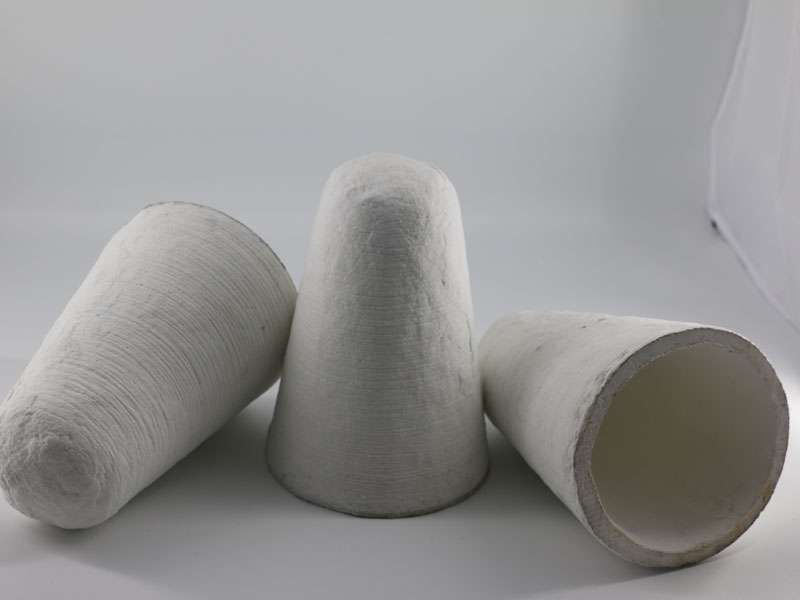
05 5月 Tap Out Cone For Aluminum Alloy
Tap Out Cone For Aluminum Alloy thermal performance heat resistance temperature 1100 ℃, maximum use temperature 1000 ℃, continuous use temperature 800 ℃.
Thermal conductivity 0.77W / m.k at 720 ℃, permanent linear shrinkage less than 0.6% after 760 ℃ for 24 hours.
Appearance size Plug type Length ± 3㎜, thickness ± 1㎜
The surface quality of the single-block defect area is less than 25 mm2, and the height of the unevenness is not higher than 2㎜ The outer surface does not have large damage and lack of fastness.
Aluminum smelting process
Furnace
The correct furnace loading method is very important to reduce the metal loss and shorten the melting time.
For the reverberatory furnace, lay a layer of aluminum ingot on the bottom of the furnace, put the easily burnable material, and then press the aluminum ingot.
The lower melting point of the furnace charge material is loaded with the upper layer, so that it melts at the earliest, and it flows down to cover the easily burnable material below, thereby reducing the aluminum melting loss.
Various charge materials should be evenly and evenly distributed.

Melting
The melting process and melting speed have an important influence on the quality of the aluminum ingot.
When the charge is heated to soften the bed, the flux should be properly covered. Care should be taken to prevent overheating during the melting process. After the charge level of the charge is horizontal, the melt should be properly stirred to make the temperature consistent, and it is also conducive to accelerated melting.
Too long smelting time not only reduces the furnace production efficiency, but also increases the melt gas content, so when the smelting time is too long, the melt should be refined.
Slag
When the charge is completely melted to the melting temperature, the slag can be stripped.
Before slagging, powdered flux should be sprinkled first (sodium-free flux should be sprinkled for high-magnesium alloys).
The dross removal should be as thorough as possible, because the presence of dross easily pollutes the metal and increases the gas content of the melt.
After adding magnesium and beryllium slag, the magnesium ingot can be added to the melt, and the flux should be added to cover it.
For high-magnesium alloys, 0.002% to 0.02% of beryllium should be added to prevent magnesium burning.
Beryllium can be obtained from sodium beryllium fluoride by metal reduction method. Sodium beryllium fluoride is added by mixing with flux.
Tap Out Cone For Aluminum Alloy supplier from China-sales@adtechamm.com
Stir
There should be sufficient time for stirring before sampling and after adjusting the ingredients.
Stirring should be stable without damaging the oxide film on the melt surface.
Sampling
After the melt is fully stirred, samples should be taken immediately for pre-furnace analysis.
Adjust ingredients
When the ingredients do not meet the requirements of the standard, they should be fed or diluted.
Melt Converter
After the composition is adjusted, when the melt temperature meets the requirements, the surface scum is stripped, and the converter can be converted.
Melt refining
Different metamorphic components have different purification and metamorphic methods.


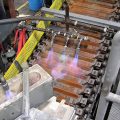
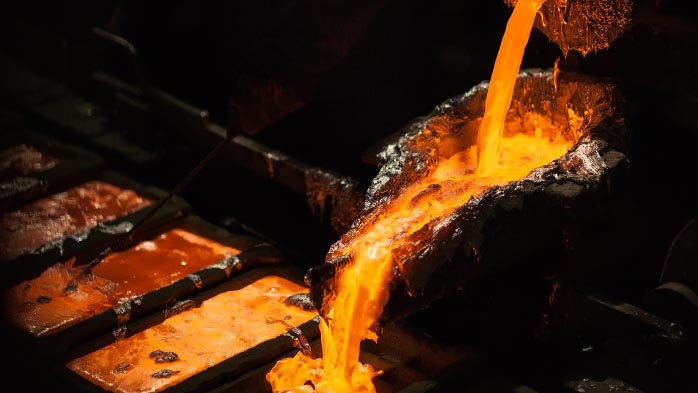

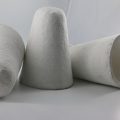
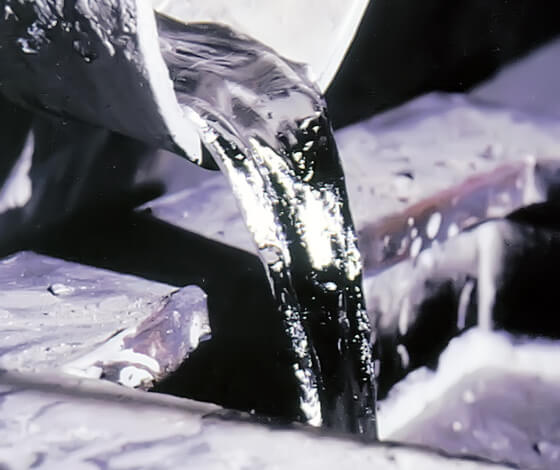
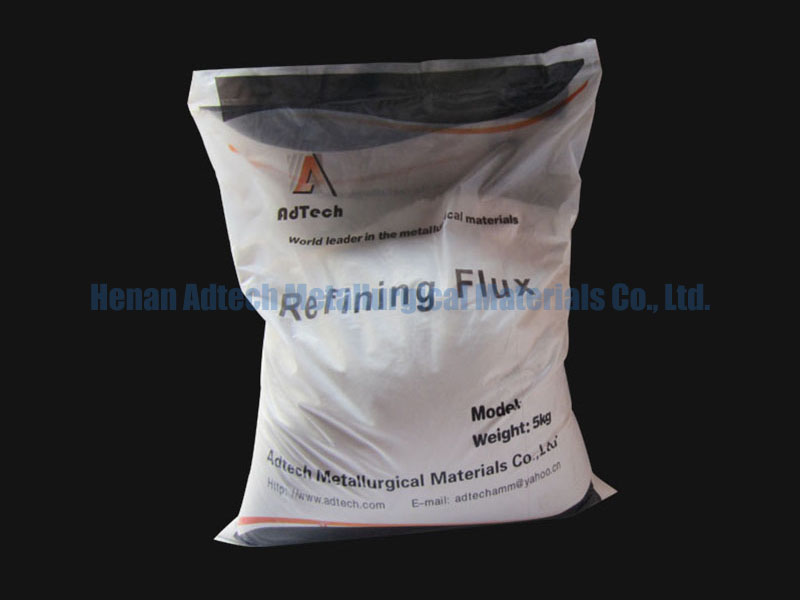
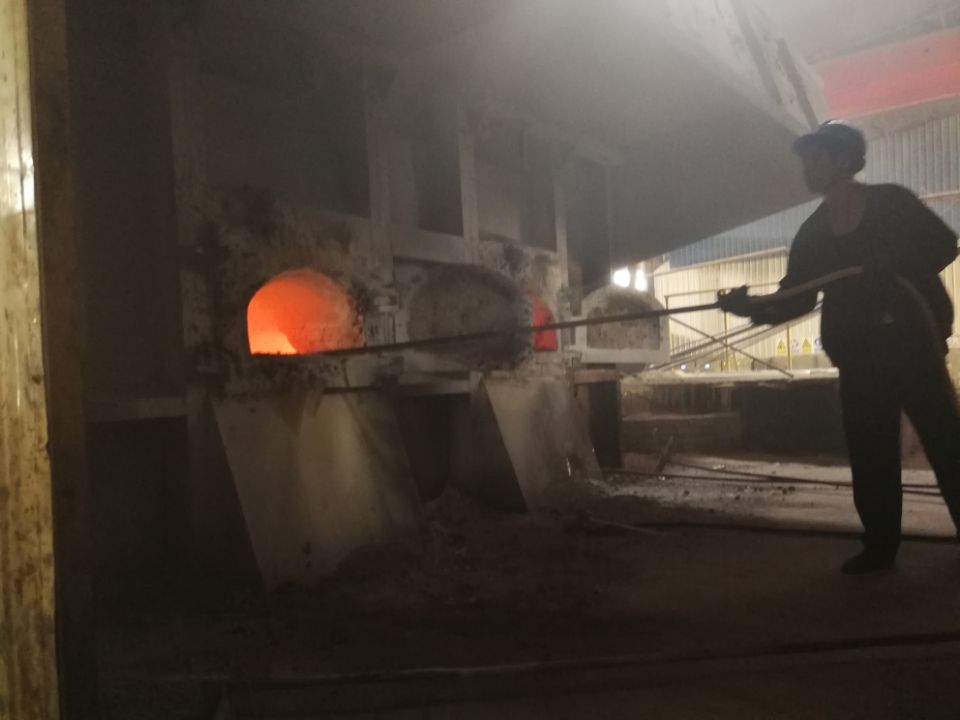
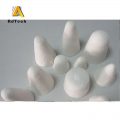

Sorry, the comment form is closed at this time.